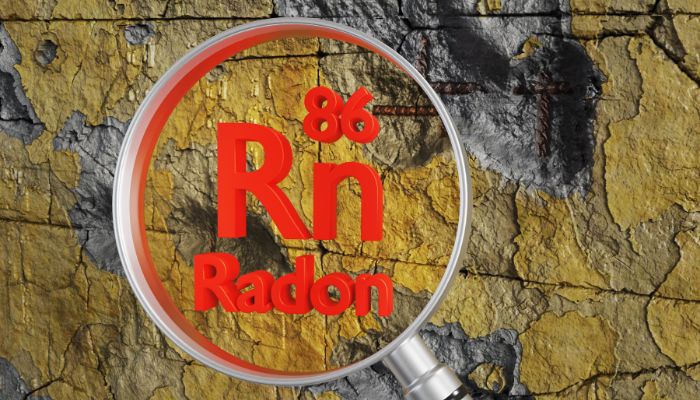Are there issues you’re overlooking to keep your family safe at home? Most of us know about asbestos, fire alarms, and carbon monoxide detectors, but when did you last test for radon? Some states have higher radon levels than others. That’s due to the geological makeup of the state. Here are the states most affected by high radon levels.
What Is Radon and How Is It Measured?
When specific rocks, water, and soil elements break down, they emit radon. This gas is odorless and colorless and will enter homes through holes or cracks in the foundation. Radon is incredibly harmful to one’s health. In fact, it’s the number one cause of lung cancer among nonsmokers.
Radon is measured by its decay rate in units of picocuries per liter (pCi/L) of air. The Environmental Protection Agency (EPA) states that levels above 4 pCi/L are dangerous. Truthfully, any amount of radon can pose a risk.
Pennsylvania
Approximately 40 percent of homes in Pennsylvania are above the EPA’s action guideline for radon. The average radon level for a house in this state is 8.6 pCi/L. While this isn’t the highest in the nation, it’s still above the safe level of 4 pCi/L.
Washington
Washington has the most glaciers in the continental US and over 1,000 dams, contributing to its high ranking on this list. Ice and water elements break down over time, releasing radon gas. Places closer to glaciers and other ice formations tend to see higher radon levels. The average radon level in Washington state is 7.5 pCi/L.
Alaska
Alaska may not be the most populated state in the US, but that doesn’t mean residents should fall behind on radon testing inspections. Alaska is home to beautiful glaciers, wildlife, and landscaping. Unfortunately, it’s the perfect place for radon to thrive. The icy waters, fertile volcanic soil, and glaciers are breeding grounds for this gas. The average radon level in Alaskan homes is 10.7 pCi/L.
Ohio
Ohio shale is found across the state. It contributes to large quantities of radium and uranium in the soil. Both elements continuously break down and release radon gas. The average radon level in Ohio homes is 7.8 pCi/L.
If you live in any of the affected states mentioned above, ensure you stay current on radon-level testing. The most significant benefit of radon testing your home is that it will help keep you and your family safe from harm. No matter where you live, radon should be on your radar.







